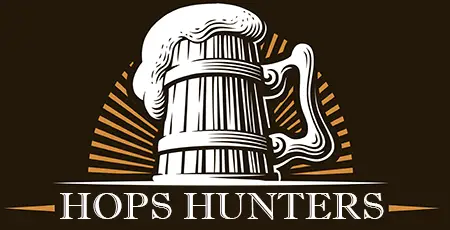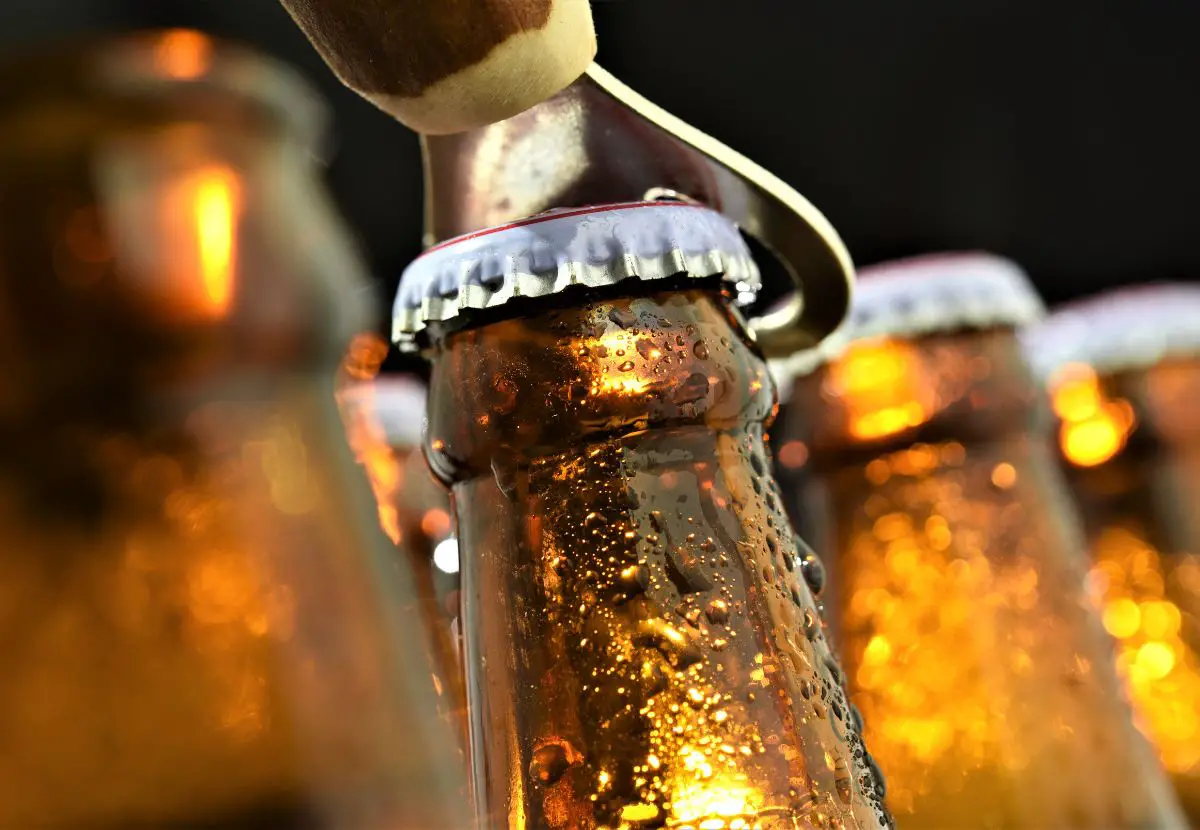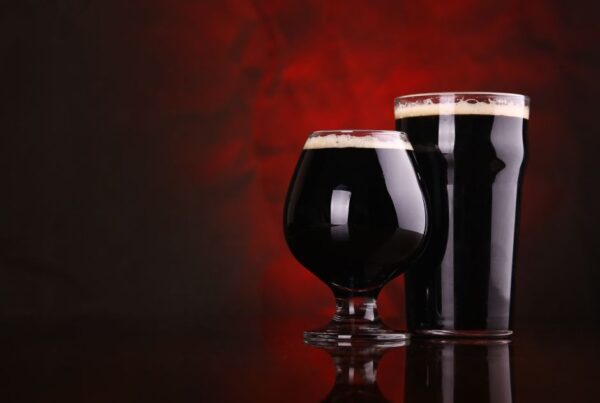What Does Dry Mean in Terms of Beer?
The complex vocabulary of beer terminology can be baffling for many newcomers. With terms like “hoppy,” “malty,” and “dry,” it can feel like you need a dictionary to navigate a craft beer menu.
Not to worry, though—today we’re going to demystify at least one of these buzzwords for you.
Today’s lesson from the land of barley and hops is all about “dry beers.” By the time we’re done here, you’ll be tossing around beer banter with the best of them—able to talk about the driest beers with both your home brewing beer-nerd friends and your pals who just like a good pint.
What Does “Dry” Mean in Beer?
“Dry” is a beer term that’s actually borrowed from the world of wine. In beer, dryness is related to the sugar content left in the beer after fermentation. Brewers refer to this as the final gravity of the beer. The lower the final gravity, the less residual sugar there is, hence the drier the beer.
Dry beers are known for their crispness and a clean finish that doesn’t linger on the palate.
Dry Beers & The Brewing Process
Understanding dry beers requires a (very) basic understanding of the brewing process. Key points include:
- Mashing – Brewers steep malted grains in hot water to extract sugars, creating a sweet liquid called wort.
- Fermentation – Yeast is added to the wort. It consumes the sugars, producing alcohol, CO2, and heat. With most beers, fermentation ends when the yeast has consumed most, but not all, of the sugars. The remaining sweetness helps to balance out the bitter hops.
- Extra Fermentation (Attenuation) – In dry beers, however, brewers aim for a high level of “attenuation,” which is the percentage of sugars the yeast consumes. High attenuation just means the yeast has devoured nearly all the sugar—leaving behind a dry beer.
It’s important to note that brewing a dry beer isn’t just about cranking up the attenuation—well, at least brewing a “good” dry beer isn’t just about that. The choice of malt, hops, yeast strain, and brewing process all play key roles in achieving a balance of dryness and flavor.
Examples of Dry Beers
The most famous example of dry beer is probably the Asahi Super Dry from Japan—a highly fermented beer that many beer reviews describe as “crisp” and “refreshing.” Several other Japanese beers are known for their dryness, including Sapporo Premium Beer and Kirin Ichiban Shibori. Pilsner Urquell also has a fairly dry finish.
If you’re old enough, you might also remember Bud Dry—though this was discontinued back in 2010.
Note: It’s worth mentioning that “dry” can also be used to describe certain styles within the beer world, like dry stouts (like Guinness) and dry-hopped beers (where hops are added after the initial fermentation, for aroma and flavor rather than bitterness), but these are different uses of the term.
Popular Dry Beer Styles
- Brut IPA – Borrowing its name from the dry champagne, Brut IPA is effervescent, highly attenuated, and boasts a crisp, clean finish.
- Irish Stout – Although rich and roasty, Irish Stouts like Guinness have a dry finish, thanks to the use of roasted barley and high attenuation.
- Saison – These Belgian farmhouse ales are traditionally dry, with high carbonation and often spicy or fruity notes.
- Dry (or Extra Dry) Lagers – These Japanese styles are highly attenuated and designed to be refreshing, making them a popular choice for those looking for a thirst-quenching beer.
Are Dry Beers Good?
Well, it would be tempting to respond with “Yes!” and dust off my hands—but beer appreciation is far too subjective for such absolute assertions.
As with every kind of beer, personal preference plays a big role in whether someone will enjoy a dry beer. Some people love the crisp, less-sweet flavor, while others prefer a beer with more residual sweetness.
As the craft beer revolution continues to evolve, so do the tastes of beer drinkers. There’s an increasing appreciation for less sweet, more balanced beers—and that’s where dry beers shine. However, that doesn’t mean they’re for everyone.
Interested in learning everything there is to know about different beers? Check out Hops Hunters’ beer profiles (ABV, IBU, and nutrition), featuring information and insights on beers from America and around the world.






